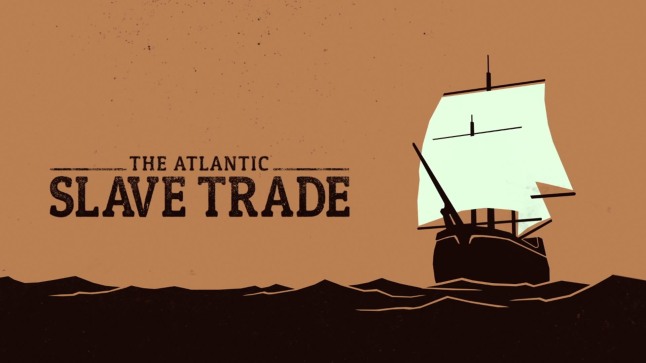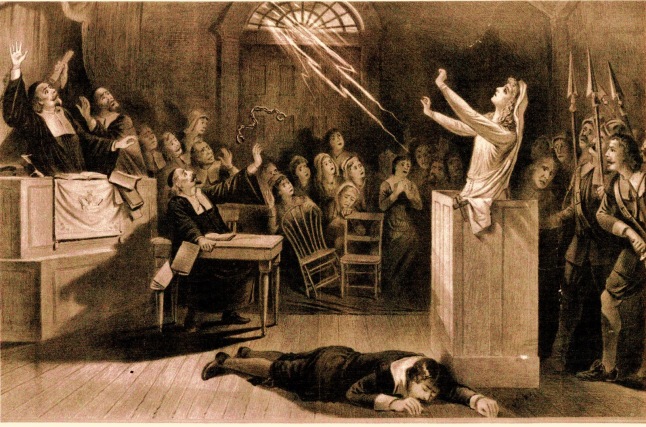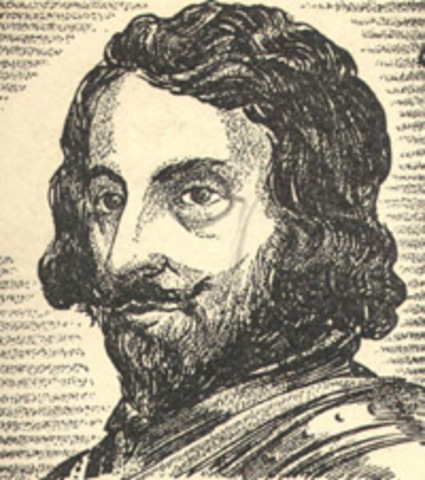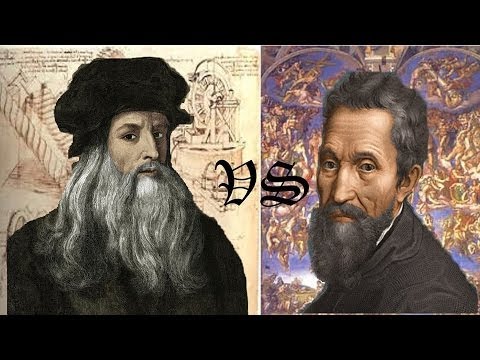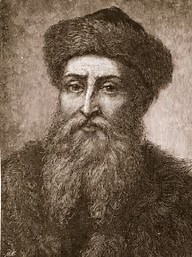The Atlantic Slave Trade was around the 16th through 19th centuries, and it was a major cultural and social development.
Most of the slaves came from West Africa, and then they were transported to the New World, and slaves were the biggest Immigrant population in the 18th century.
The Portuguese were the nation who started the Atlantic Slave Trade. They would bring the African slaves to labor in their cotton, sugar, tobacco, and coffee farms.
The First Atlantic System was mostly Portuguese slave traders selling slaves to Portuguese colonies, from around 1502 – 1580.
The Second Atlantic System was from 1580 – 19th century, and the slave traders were English, Dutch, French, and Portuguese. Most of the slaves were being brought to the Caribbean Islands, where each country had colonies.
The Triangular trade route was the path in which the slave trader captains took to deliver slaves, and made profit at each stop. This became known as the Golden Triangle: trading slaves from Africa to the Caribbean in exchange for molasses to sale to New England for rum, which then was traded in Africa for more slaves.

The Golden Triangle. Image source.
During the 18th century England was the largest slave trader, but eventually England abolished slave trading long before America did, but not before a lot of damage had been done.
Even though all the countries were wrong to do the slave trading, it was not only them to be blamed – the Africans were also to blame. When an African tribe attacked another tribe and took prisoners, they saw it fit to do whatever they wanted to the prisoners, and a lot of them decided to sell the captives to slave trading captains.
Not everyone at the time was in favor of slave trading. There were African Kings who didn’t participate in the slave trading, because they felt it was not right, and there were also ship Captains who also didn’t participate in slave trading.
America finally abolished slavery too.


